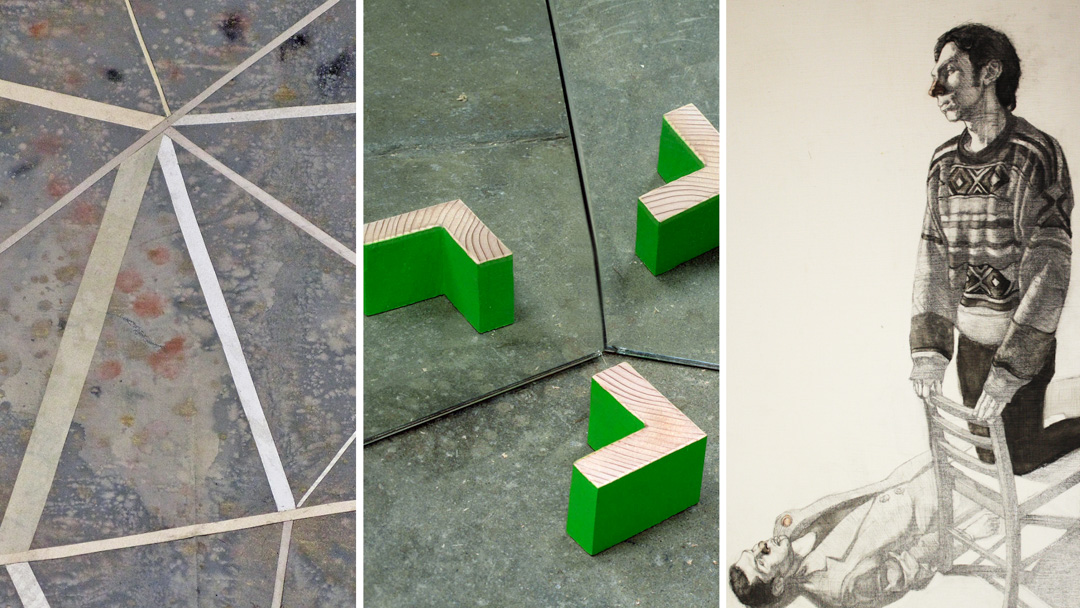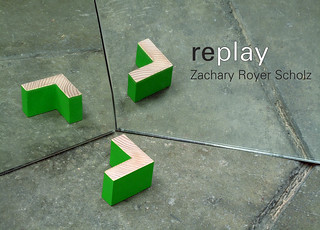
August 23, 2010
FOR IMMEDIATE RELEASE
When:
Reception-Friday, September 17, 2010, 5-9pm
Reception-Saturday, September 18, 2010, 1-5pm
Open by appointment September 20-24, 2010
Where:
Art Studio located at 503 Tunnel Ave.
Environmental Learning Center Gallery at 401 Tunnel Ave., San Francisco, CA 94134
Admission is free and open to the public, all ages welcome, wheelchair accessible.
San Francisco, CA–The Artist in Residence Program at Recology San Francisco will host an exhibition and reception for current artists-in-residence Val Britton and Zachary Royer Scholz on Friday, September 17th, from 5-9pm and Saturday, September 18th, from 1-5pm. This exhibition will be the culmination of four months of work by Britton and Scholz who have scavenged materials from the dump to make art and promote recycling and reuse. An exhibition of paintings and drawings by student artist Tanner Griepentrog will be held concurrently at 401 Tunnel Avenue. Work by all artists will be viewable by appointment the week of September 20th. Call for appointment 415-330-0747.
|
The work comes out of Britton’s meditations on her father’s travels as a long haul truck driver, so are deeply personal for the artist whose father died over ten years ago. Yet, they speak more broadly to the potential and complicated nature of journeys of many forms—physical, emotional, and psychological. While at Recology Britton has worked with scavenged materials that inform her collages in new ways. Routes now shimmer with lines made from foil tape normally used in heating ductwork, and washes of saturated color are courtesy of printer cartridge inks. Britton has made thick textured paper using recycled books, stationery, and reclaimed window screens, and has subtly incorporated antique domestic items—wallpaper, blinds, paper ephemera—which bring along their own secret histories as part of these journeys. |
 Zachary Royer Scholz: Replay Zachary Royer Scholz: ReplayWhile gathering materials in the Public Disposal and Recycling Area, Zachary Royer Scholz, was struck by the large amount of reusable wood and the multitude of cheap plastic toys being discarded. Inspired in part by the wooden blocks of his own childhood, Scholz has combined these dual aspects of the waste stream to create sculptural objects with broad and playful potential.Scholz, whose sculptural and installation work is informed by minimalism, has carefully cleaned and cut pieces of wood reclaimed from construction and demolition sites into forms akin to abstract building blocks for adults. Materials have been deconstructed and cleverly reconstructed in ways that allow for multiple interpretations or configurations. The source of these materials, the Public Disposal and Recycling Area, is a giant metaphorical toy box filled with the broken—or even brand new—playthings of our daily lives. Scholz’s constructions illuminate the ingenuity and imagination lost when products for children and adults are designed for a single purpose or for rapid obsolescence. Ultimately, these are the items that are thrown away, instead of creatively re-invented. |
 Tanner Griepentrog: Cogitated Pile Tanner Griepentrog: Cogitated PileStudent artist-in-residence Tanner Griepentrog has spent the last four months working out of a shipping container studio making graphite drawings and skillfully rendered paintings in acrylics and oils. Paints were recovered from the Household Hazardous Waste Facility and found materials such as cabinet doors serve as canvases. Griepentrog’s figurative and still life compositions incorporate images of items scavenged in the Public Disposal and Recycling Area—such as a mysterious, wrapped package mailed in the 1960s—into urban scenes tinged with the fantastic. His work will be on view in the Environmental Learning Center Gallery at 401 Tunnel Ave. |
|
The Artist in Residence Program at Recology San Francisco is a one-of-a-kind program started in 1990 to encourage people to conserve natural resources and instill a greater appreciation for the environment and art in children and adults. Artists work for four months in studio space on site, use materials recovered from the Public Disposal and Recycling Area, and speak to students and the general public. Over eighty professional Bay Area artists have completed residencies, and applications are accepted annually in August. |
 Val Britton: Index to Selected Stars
Val Britton: Index to Selected Stars